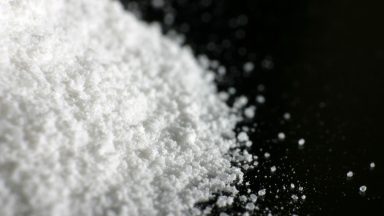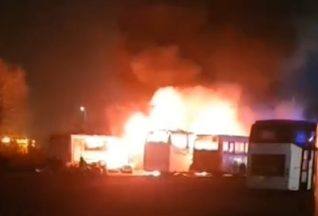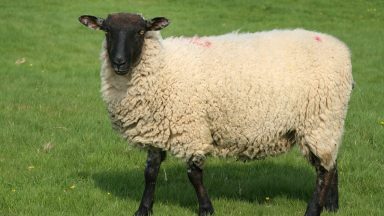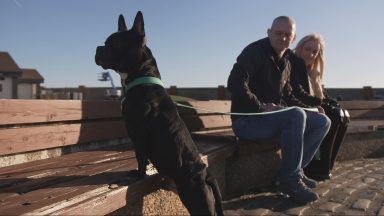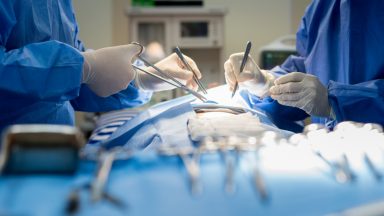At the start of the coronavirus outbreak, the almost mythical ‘R number’ seemed to hold all the answers.
It guided government policy around the world and helped draw up a routemap out of lockdown.
In Scotland right now, the figure stands at between 0.6 and 0.8.
But what does that actually mean – and is it still as important as ever?
Simply, it’s a barometer of how infectious a virus is. Anything above 1 means the virus can spread rapidly – before lockdown it was high – between 4 and 6.
That means one person could infect six people, then those six could infect another 36 and so on, causing infection numbers skyrocket.
But over the course of the last few months, the R number has been shrinking and rates of infection have slowed.
However, the question of how and where the R number is calculated is less well known.
The man with the answers is Scotland’s chief statistician Roger Halliday.
“We look at 4000 different simulations of what the future might hold and that takes a lot of computing power,” he told STV News.
“It takes a whole weekend to run.
“It’s a little bit complicated… you start with the number of cases and deaths, and you calculate the number of expected individual cases on a day-by-day basis, and it’s that change in the number of cases that allows us to calculate the R value.
“We’re using a really powerful computer in order to be able to do these calculations.”
Along with a team of experts from across Scotland, including specialists from Marine Scotland who are used to tracking diseases in fish, the numbers are crunched and a new R number is published every Thursday.
But as infection rates slow, Mr Halliday believes the R number is becoming less relevant.
“In terms of the future for R it becomes less reliable when it becomes small numbers,” he said. “So we’re looking at this number alongside a range of different measures.
“We’re particularly interested in the number of infectious people in Scotland and how that’s changing week by week and the number of cases per day – both of those things are currently coming down by 30% per week.
“That’s obviously encouraging and we want to keep a close eye on those numbers.”
Both Mr Halliday and Scotland’s national clinical director Professor Jason Leitch point to a recent Coronavirus outbreak in a meat-processing plant in Germany to demonstrate the unreliability of R once it goes low, and to indicate the direction they believe the virus is going in.
Prof Leitch said: “[There were] 7000 employees, 1500 positive cases. They shut the meat-processing factory and did contact tracing around those 7000 people.
“You could imagine that at a factory or office institution in Scotland, unfortunately I think that’s probably where this virus is taking us.”
As the virus comes under control, Prof Leitch says localised outbreaks and spikes are to be expected.
“We have to plan for it, the virus is the virus and as we do well with incidents and prevalence outbreaks will be our next challenge,” he said.
“I hope with all my heart that we don’t have to do a national lockdowns, we can’t rule that out, but I anticipate local lockdowns.
“I think the way this virus behaves locally, we’ll get small clusters, but I hope not for that exponential growth across the whole nation.”







